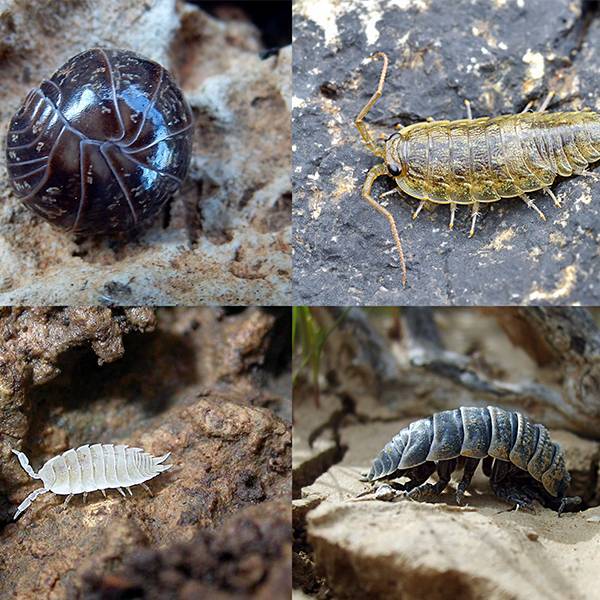Pests Guide

Slaters are small and up to 2cm long with a heavily segmented body.
Most segments have a pair of legs while the head has two pairs of antennae with one pair easily noticeable, while the other pair is not.
Slaters are generally grey but some species are orange, brown or yellow.
Chewed off tops of emerging seedlings leaving only the stem behind.
Ringbarking of seedlings, stems and branches.
Holes bored into fruit and root vegetables.
Grow seedlings in pots until they have grown into a more mature plant.
Keep mulch well away from the base of seedlings and soft stemmed plants.
Slaters fear leaving the safety of their hiding places and are less likely to venture where there is no cover.
Cut the bottom out of an empty, clear plastic drink bottle, remove the lid and place over the top of the seedling.
This will not only prevent slaters from feeding on your seedlings, but will also act as a mini greenhouse.
Grow plants such as squash, melons and cucumbers on a trellis.
This will protect soft stems from slaters feeding, prevent physical injury to the fruit from the ground and reduce other pests and diseases, particularly powdery mildew.
Grow strawberry plants in pots to keep fruit from sitting on the ground.
Once crops have finished, turn over the soil and leave exposed for birds and skinks to feed on slaters.